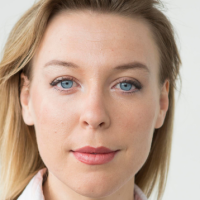
Academic Transcription
How it started
After working in a transcription job for two weeks, producing three times the amount of work as her coworkers without being recognised or rewarded, Laura Meldon decided she’d rather run her own business than slow herself down.
She started working for herself as a sole trader in 2010 before founding Academic Transcription.
“It was a fantastic time when I really caught the curve of clients starting to trust remote Internet workers, virtual services,” Meldon tells SmartCompany.
Growth
Meldon has made a few acquisitions throughout the years, with some paying off and others teaching her lessons. Making her biggest acquisition four months before COVID-19 hit, two months later, the largest client within that operation hit them with an audit and accusations of overcharging. What followed was eight months of data analysis, and contract reviewing, with Meldon cross checking 30,000 lines of billing data.
But it ended well, with the focus on transparency winning trust. Academic Transcription became a national supplier for them, well above the existing contract.
Meanwhile, revenue from the business has grown substantially from $1.62 million in the 2018-19 financial year, reaching $2.84 million in the 2020-21 financial year, despite the company’s main client base (universities) going through a cash crisis throughout COVID-19.
It’s not Academic Transcription’s first appearance in the Smart50 awards either, with the business appearing in the 2018 edition.
Where to next?
While voice recognition is a ‘natural language arms race’ being fought by the biggest companies in the world, Meldon says demand for the business’ accurate and quality transcriptions has never been high.
The plan is to double the company revenue in the next year, through a new client that they are bringing on board.
“It will be the single biggest growth event in our company history, and give us the opportunity to provide employment for more Aussie professionals,” says Meldon.